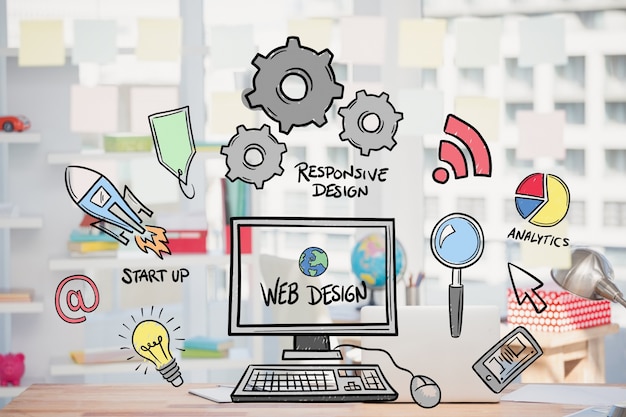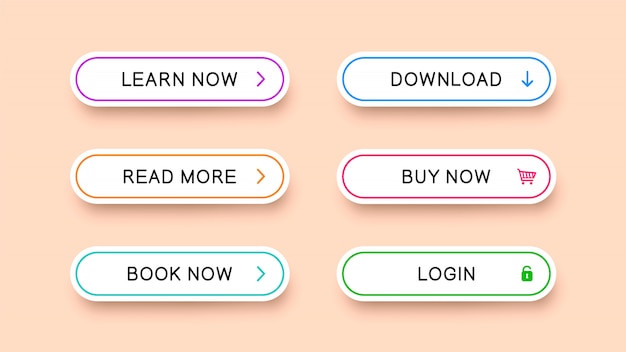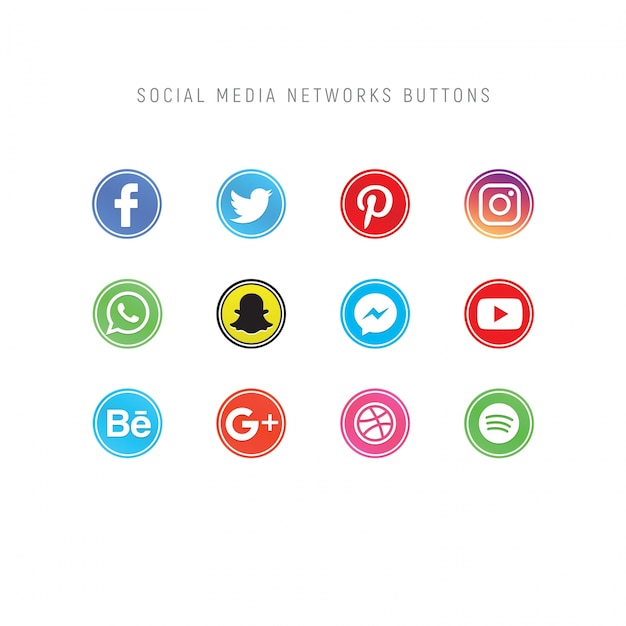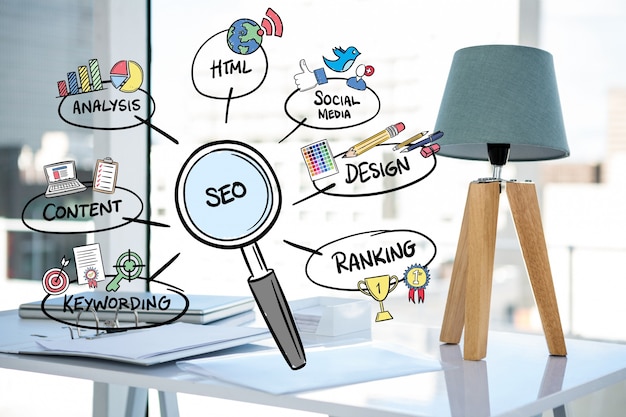The moment people visit your website, will they immediately know what you are offering? Can they navigate your site easily and find what they are looking for right away? Are you getting enough traffic? If you shook your head while reading these questions, then it’s time to reconsider the layout of your website.

Although content is king, the design of your website is also crucial for you to monetize it. So, how can you improve and optimize your website? The answers are laid out below!
1. Implement a Plan
Mapping out the course of your consumer is essential so your website can meet their needs effectively. Their journey on your website covers the moment they land on your website up to the point they take an action (make a purchase, click another link, etc.). With these in mind, it’s not ideal to just begin designing your website. You must come up with a solid plan, or better yet, seek help from a good UX design agency.
Certain factors you need to consider are the following:
- What pages are they going to find on your website?
- What types of content can they read?
- What offers or deals do you have that can convert them?

You must keep these things in mind when planning the layout of your entire website. After all, websites are never finished products. We must keep on updating them – find links that are broken, add and improve the content, and so on. For instance, if you’re in the HVAC business, consider leveraging a specialized hvac marketing agency to optimize your online presence.
When evaluating your website, consider the information of your existing customers – research and create surveys so you can learn how they converted from leads to buyers.
2. Delete Heavy Photos and Vague Terms
Your website may have certain components that can depreciate the message and value you are trying to express to your audience. Lengthy content, heavy images, and complex animations are great examples of these.
On average, people have an attention span of eight seconds, so you need to make the most of their first impression of you. To do this, make brief and strong categories of content and clear and relevant icons and images. Then, separate them by headers that are both coherent and straight to the point. If you want to save yourself from the hassle in doing such things to beautify your site, you may always seek for a professional custom website design service.

When creating content, refrain from using words that are uncommon and difficult to understand. It’s crucial that you make all your sentences and wordings simple and easy to comprehend. This is to avoid confusing the readers and veering them away from your site. Some examples of vague terms include scalable, groundbreaking, robust, compendious, etc.
3. Add More CTAs (Call-to-Action)
Once visitors are on your site, most of them are not really sure what to do next. CTA buttons will guide them to know which direction to take. For example, if you are a trade show booth builder in Las Vegas, you can add a custom CTA like “Send Me a Free Brochure.”
A custom CTA like this invites customers to explore the quality of your work and what their options are. Above the CTA, you can let them fill in their contact details before sending the free brochure. This way, you already have a way to contact potential clients.

However, how you use CTAs and where you place them can prevent readers from navigating your site properly. While the CTA above is a great example, you should not only focus on providing trials or demos. Invest enough time to add CTAs that lead to useful and educational materials. Since adding call-to-actions is quite tricky, you may want to read these 17 best practices for effective call-to-action buttons.
4. Add Follow and Share Buttons
Creating valuable content and offering attractive deals should not stop on your website alone. Encourage readers to share your content by adding follow and share buttons. Doing so will boost social media traffic and therefore garner more audiences.

For example, if you are a LED strip light manufacturer, create a blog that talks about how LED lights can be used to decorate a home. This is definitely worth sharing and people who will read it will surely share it on their social media accounts.
Fortunately, there are free social sharing buttons you can use on your site. Take a look at this list of social sharing widgets and you might find the one perfect for your website.
5. Prioritize SEO
If you aim to increase your online presence, then you have to make sure that search engines can find you. This begins by coming up with a strong SEO (which stands for search engine optimization) strategy such as the ones being offered by King Kong, which should include creating content relevant to your readers, such as blogs, videos, and even e-books.
According to SEO experts in Cedar Rapids, you should also focus on identifying the keywords your audience uses in searching. Determining the right keywords is essential to make sure that most of your traffic can be converted into sales.
If you have a real estate law firm and you are seriously considering utilizing SEO, then you should try this Seo For Lawyers.

Lastly, your website should be mobile-friendly. With the rise of mobile devices, there is no question that most people who navigate the web use their smartphone or tablet. When they visit your site, make sure that they can navigate through it easily and that the pages load faster.
6. Take Advantage of White Space
White space is an important design factor that helps you separate the pages and improve readability. You may think that a blank space is useless, but it is actually essential in the design process and the positioning of your website’s components.
To make you understand better, imagine you are a glass container and packaging supplier. To showcase your products, you have to make the most of white space to make their images stand out. You don’t need to include too much content, only the most important ones. Besides, people looking for such containers are more concerned about the appearance of the containers.
Check your pages and see if there are any that lack white space. If you find one, get rid of any unnecessary content and components. After that, group the content properly so readers can easily determine their purpose on the page.
Conclusion
As mentioned, a website is never a finished product. Therefore, there are still a lot of things you can do to improve your site’s design. But, these are the most basic and it’s essential that you look into these first before jumping into the complicated ones. Moreover, the ones mentioned above are most likely to help you generate more traffic to your website. Good luck!
This article contains sponsored links.




























































